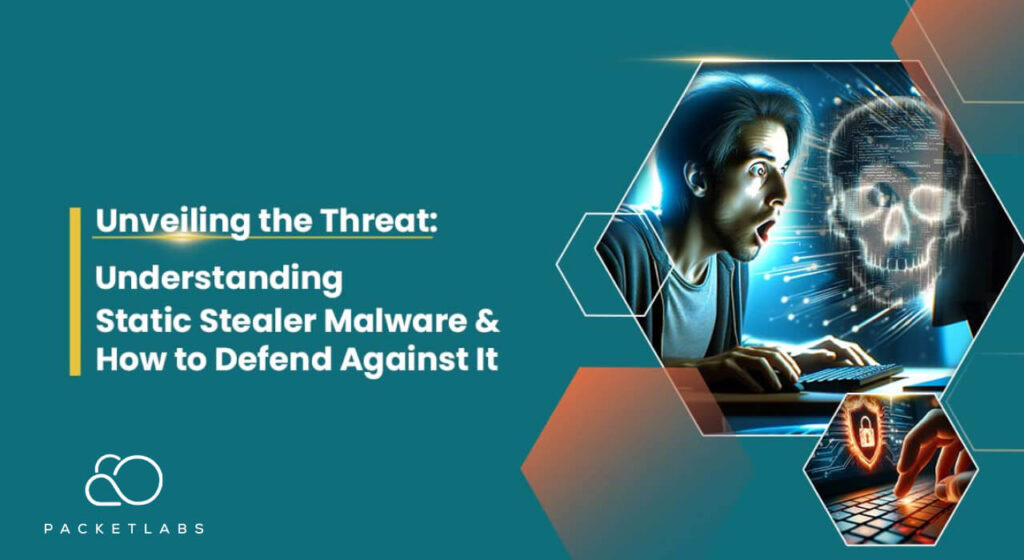
Static Stealer Malware: The Silent Thief in the Digital Age
The cybersecurity landscape is a constant arms race, with malicious actors devising new methods to breach systems and steal sensitive data. One growing threat is static stealer malware, a cunning adversary that prioritizes stealthy data theft over overt disruption. This article unveils the inner workings of static stealers and equips you with the knowledge to defend your data from their grasp.
What is Static Stealer Malware?
Unlike traditional malware that disrupts operations or replicates rapidly, static stealers focus on one objective: pilfering valuable information. They operate in the shadows, remaining dormant for extended periods to avoid detection. Login credentials, personal details, financial information, and intellectual property are all fair game for these digital pickpockets.
How Static Stealers Infiltrate and Exfiltrate Data
Static stealers employ various tactics to gain a foothold in a system. Phishing emails, malicious attachments, compromised websites, and software vulnerabilities are all potential entry points. Once inside, they silently scan for sensitive data like usernames, passwords, and credit card information. This stolen data is then transmitted to remote servers controlled by cybercriminals through covert communication channels.
Evasive Maneuvers: How Static Stealers Avoid Detection
Static stealers are masters of disguise. They utilize techniques like code obfuscation (making the code appear nonsensical) and polymorphism (changing their code structure) to evade traditional antivirus software. Some even possess rootkit capabilities, allowing them to burrow deep into the system and remain hidden.
Defending Your Data from Static Stealer Malware
Combating static stealers requires a multi-layered defense strategy:
- User Education: Empower users to identify phishing attempts and suspicious online behavior. Train them to be vigilant about email attachments and downloaded files.
- Software Vigilance: Regularly update software and operating systems to patch vulnerabilities that static stealers might exploit.
- Strong Authentication: Implement strong, unique passwords and multi-factor authentication (MFA) whenever possible.
- Network Segmentation: Isolate sensitive data and systems within your network, limiting the potential spread of malware if it infiltrates a single point.
- Security Software: Invest in reputable antivirus and endpoint security solutions that can detect and block static stealer malware execution.
- Behavioral Analysis: Utilize advanced threat detection systems that monitor the behavior of processes within your network. Unusual activity can be a red flag for potential malware.
- Regular Security Audits: Conduct periodic security audits and penetration testing to identify and address weaknesses in your security posture.
- Data Encryption: Encrypt sensitive data both at rest and in transit. This adds a significant hurdle for attackers, even if they manage to breach your defenses.
- Incident Response Plan: Develop and regularly test an incident response plan to minimize damage and ensure a swift recovery in the event of a successful attack.
For Australian businesses, robust Identity and Access Management (IAM) practices are essential to effectively secure your organization from data breaches and unauthorized access attempts. Learn more about the common methods hackers exploit weak IAM and best practices for strengthening your IAM posture in our blog post: “3 Ways Hackers Exploit Weak IAM in Australian Businesses“
Static stealer malware represents a significant threat to the digital world’s most valuable asset: data. By understanding how these silent thieves operate and implementing a comprehensive defense strategy, individuals and organizations can significantly bolster their defenses and protect themselves from this ever-present danger. Remember, in the digital age, vigilance is key to staying ahead of cyber threats.
